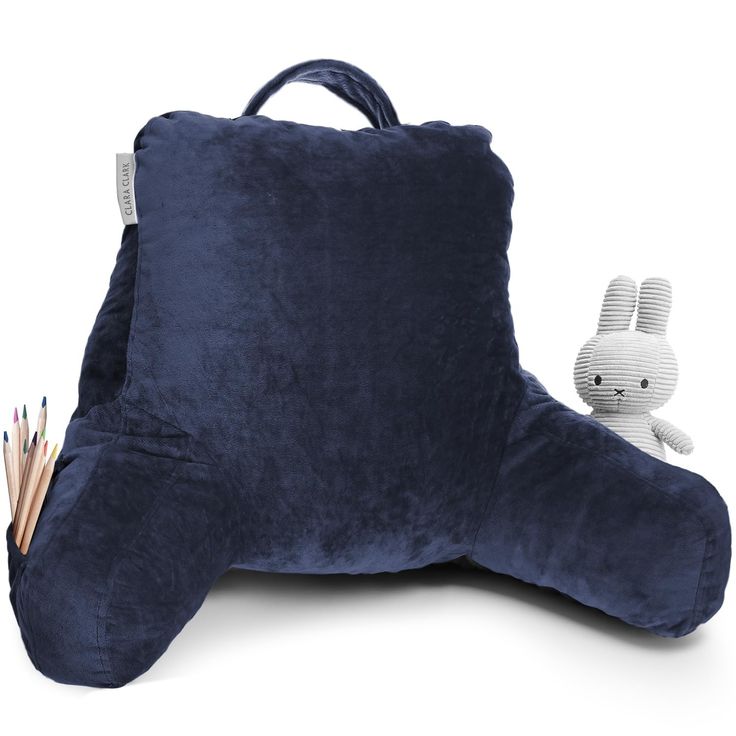Fluffing a pillow may seem like a simple task, but doing it incorrectly can reduce the pillow’s support, shorten its lifespan, and lead to discomfort during sleep. If you own feather or down pillows, you’ve likely experienced issues with clumping, uneven loft, or flat spots. These problems occur when feathers compress or shift, often due to poor fluffing habits. This comprehensive guide explains how to fluff pillow correctly, focusing on avoiding clumps, preventing feather damage, and maintaining the pillow’s structure for long-term use. By understanding the correct techniques and care routines, you can enhance both sleep quality and the durability of your bedding investment.
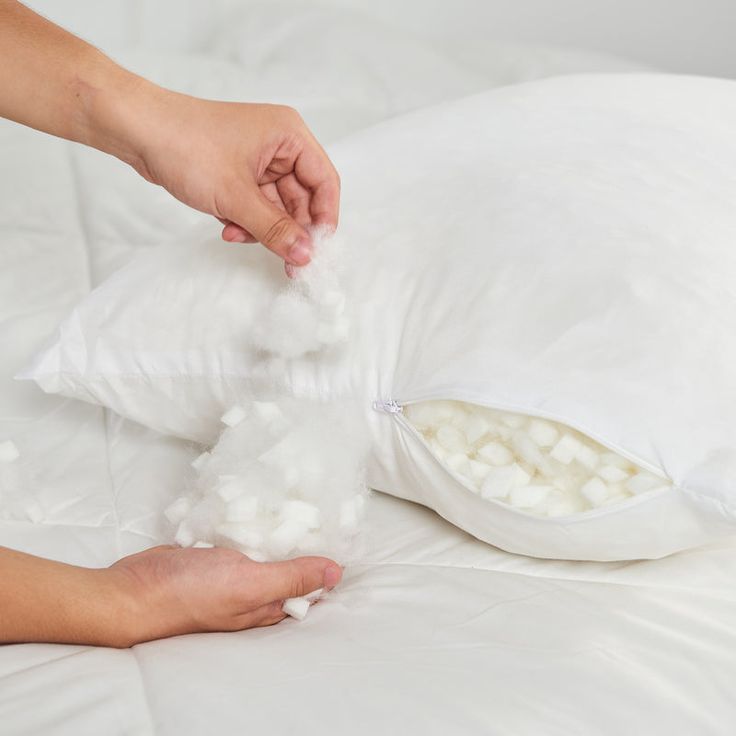
Why Proper Pillow Fluffing Matters for Comfort and Durability
Fluffing a pillow correctly impacts more than just how it looks on your bed. Feather pillows rely on air trapped between the feathers to provide support and softness. When the filling compresses or becomes compacted, the pillow loses its ability to cradle your head and neck. Improper fluffing forces the feathers into dense, hard clumps that can cause pressure points or lead to misalignment during sleep. Over time, these clumps break the delicate structure of feathers, reducing loft and making the pillow feel lumpy and uncomfortable.
Daily fluffing helps restore loft by redistributing the filling evenly. It also improves airflow, keeping the pillow fresher and cooler throughout the night. Think of your pillow as a precision support tool—it needs regular adjustment to maintain optimal performance. If you neglect to fluff or use poor technique, you will degrade the internal structure of the pillow and shorten its lifespan. Therefore, understanding how to fluff pillow correctly becomes essential to protect your investment and ensure continuous comfort.
Manual Fluffing Methods: Step-by-Step Techniques for Best Results
Fluffing a pillow by hand remains the most effective and accessible method for most people. Start by grabbing the pillow on opposite ends and give it a few sharp, outward tugs to separate and loosen the feathers inside. This motion helps break up internal clumps without damaging the filling. Next, hold the pillow upright and push the sides inward, then release. This action creates a pumping effect, drawing air into the pillow and increasing loft.
Rotate the pillow and repeat these steps on each side to ensure even distribution of the feathers. Use your fingers to massage any dense or lumpy areas gently. Apply light pressure and work slowly to avoid breaking feathers. Be sure to use clean, dry hands to prevent oils or moisture from affecting the material. If you fluff the pillow every morning or before bed, it will retain its volume and avoid the compacting that leads to clumps. These manual fluffing techniques, when done consistently, keep the filling airy and evenly spread, minimizing damage and maximizing comfort.
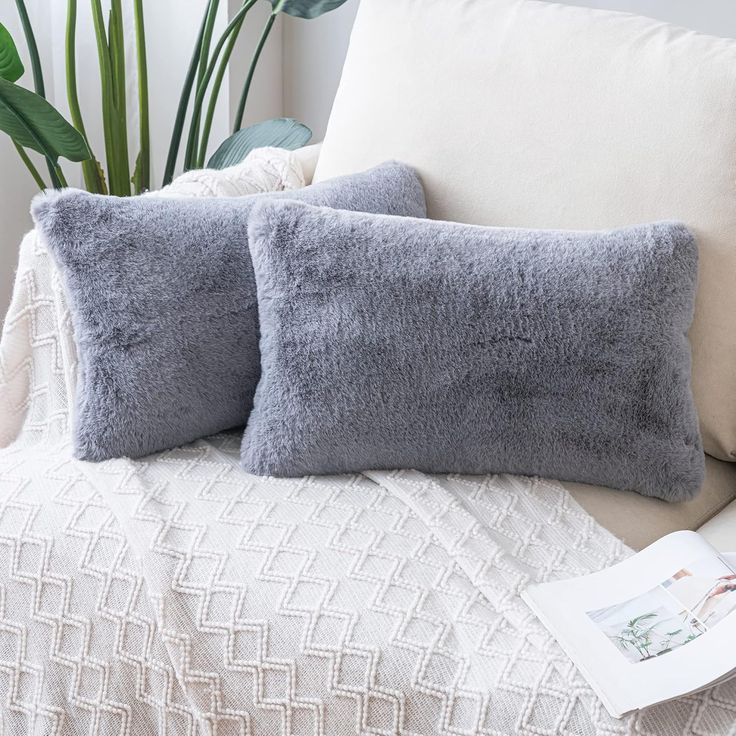
Dryer Fluffing: Safe Use of Heat and Motion to Restore Loft
Using a dryer to fluff a feather pillow can be highly effective, provided you take certain precautions to avoid overheating or feather damage. Set the dryer to an air-only or no-heat cycle if possible. Excessive heat can make the feathers brittle or cause the fabric shell to degrade. Add two or three clean tennis balls or dryer balls into the drum with the pillow. These help agitate and separate the feathers during the cycle, restoring loft without manual effort.
Run the pillow through a 10- to 20-minute fluffing cycle, checking halfway through for evenness. If the pillow still feels flat or lumpy, repeat the cycle. For pillows that have absorbed moisture from sweat or humidity, a low-heat cycle can help dry them out. However, always prioritize minimal heat to avoid long-term damage. Dryer fluffing offers a time-efficient way to refresh pillows, especially when paired with regular manual fluffing. By alternating between the two methods, you maintain loft and structure while protecting delicate feather interiors.
Common Mistakes When Fluffing Pillows That Lead to Clumping
Many people unknowingly damage their feather pillows by using improper fluffing methods. One of the most common mistakes involves aggressive shaking or slapping, which can crush feathers and force them into dense pockets. Another issue arises when users twist or wring the pillow in an attempt to re-shape it. These movements do not restore loft; instead, they tangle the internal structure and cause irreversible feather breakage.
Overuse of high heat in dryers is another frequent error. While some dryer cycles aid fluffing, sustained heat weakens the natural oils in feathers, making them brittle and more prone to clumping. Using unclean hands to massage the pillow can also introduce oil and dirt, affecting feather performance. Additionally, some people skip fluffing altogether, believing the pillow will naturally recover. In reality, the longer a pillow sits compressed, the harder it becomes to restore its original shape. Recognizing and avoiding these mistakes ensures you fluff your pillow correctly and preserve its supportive properties.
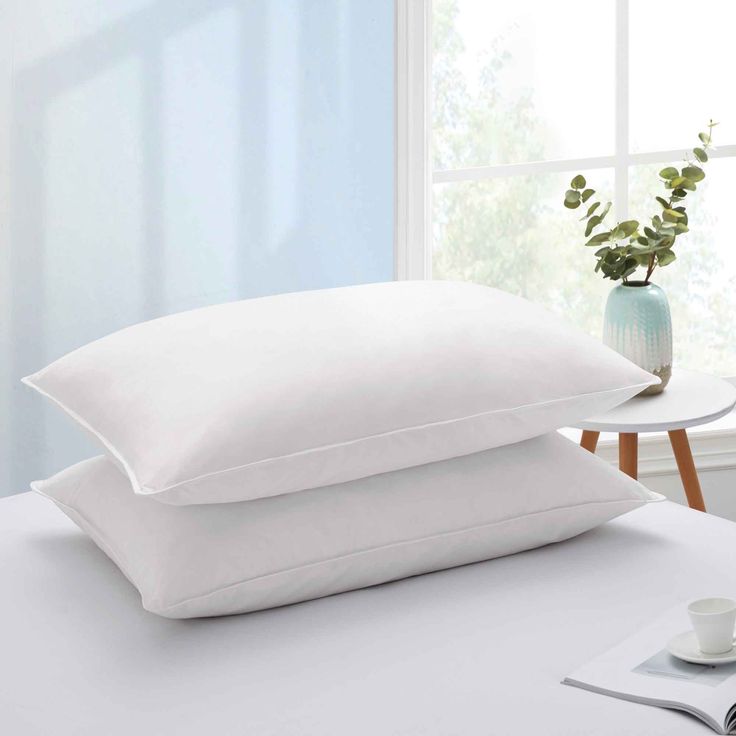
Frequency and Timing: When and How Often to Fluff Pillows
Establishing a routine is key to effective pillow maintenance. Fluff your pillow daily to keep the filling loose and evenly distributed. The best time to fluff is either right after waking up or before going to bed. Morning fluffing resets the pillow after a night of compression, while evening fluffing prepares it for optimal comfort. If you use the pillow heavily—for example, reading or watching TV in bed—you may need to fluff it more frequently.
Feather pillows also benefit from weekly deep fluffing sessions using a dryer or manual massage. These sessions address internal clumps that daily fluffing may not reach. If you notice signs like flat spots, uneven support, or decreased loft, increase the fluffing frequency. During humid weather or after washing, daily fluffing becomes even more critical to prevent moisture buildup and feather compression. Building fluffing into your routine ensures consistent pillow performance and helps avoid the need for early replacement.
Choosing the Right Pillowcases and Covers to Aid Fluffing
Pillowcases and covers influence how well your pillow fluffs and how long it retains its shape. Choose breathable, lightweight cotton or linen covers that allow air to move freely through the pillow. Avoid tight-fitting or heavy fabric cases, as they compress the filling and restrict movement, making fluffing more difficult. Feather pillows also benefit from using pillow protectors made from tightly woven, yet breathable fabric. These protect the pillow from sweat and oil without restricting airflow.
Well-fitted cases allow for easier manipulation when you fluff by hand. If the case is too tight, the filling cannot redistribute properly, leading to flat zones or clumps. Wash pillowcases regularly to prevent dirt and oil buildup, which can affect both the cover and the feathers. By using the right outer materials, you create an environment where fluffing becomes more effective and long-lasting. This small but crucial choice supports your goal to fluff your pillow correctly and preserve comfort.
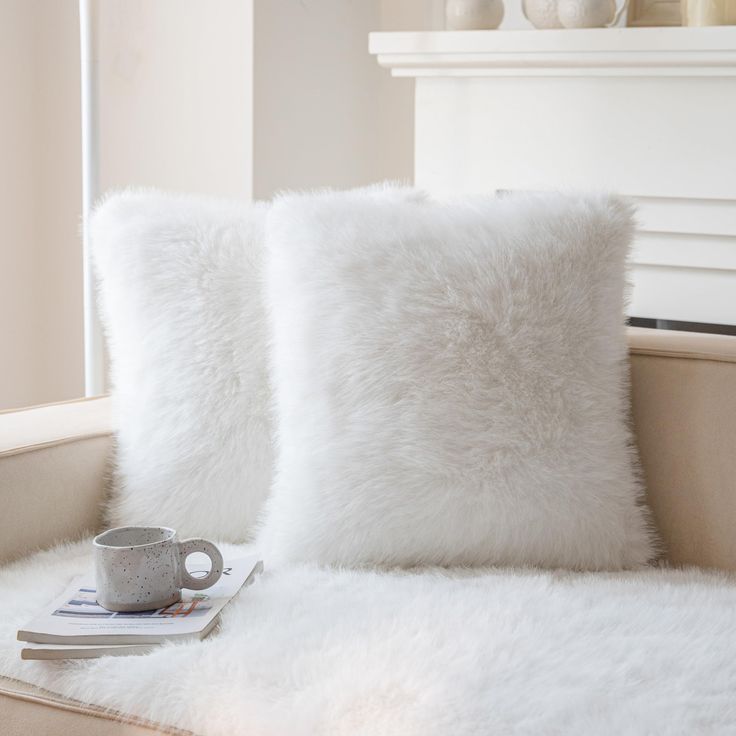
Re-Fluffing Washed Pillows: Post-Wash Care Techniques
After washing a feather pillow, restoring loft becomes a top priority. Wet feathers naturally clump, and drying without proper fluffing leads to permanent damage. Start by gently pressing out excess water with towels. Do not wring or twist the pillow. Use a low-heat or no-heat dryer setting with dryer balls to fluff while drying. Pause the cycle every 10–15 minutes to manually shake and massage the pillow, breaking up clumps and redistributing filling.
Expect drying and fluffing to take several hours. Patience ensures the pillow fully dries inside and out. Rushing the process risks mildew and long-term feather damage. After drying, perform a full manual fluffing session, massaging the pillow from all sides. If you still feel hard spots or clumps, continue fluffing daily until the filling fully relaxes. Proper post-wash care extends the pillow’s life and answers one of the most critical fluffing challenges: how to return softness and structure after cleaning.
Long-Term Maintenance Habits to Preserve Pillow Loft
Sustained pillow performance comes down to consistent care and smart habits. Rotate your pillow weekly to distribute wear evenly. Fluff it daily, using a combination of manual and dryer methods, depending on your schedule. Store pillows in dry, well-ventilated spaces to avoid humidity, which causes feathers to compress and clump. Use quality pillow protectors and wash them frequently to shield the filling from sweat, dust, and oils.
Avoid placing heavy objects on the pillow or sitting on it, as this compresses the filling beyond what fluffing can fix. Periodically inspect for signs of feather leakage or broken seams. Repair any damage promptly to prevent filling loss and maintain shape. Lastly, evaluate your pillow every 12 to 18 months. If it no longer fluffs properly despite your best efforts, consider replacing it. Long-term maintenance builds on everything covered in this guide and ensures that you fluff your pillow correctly for years to come.
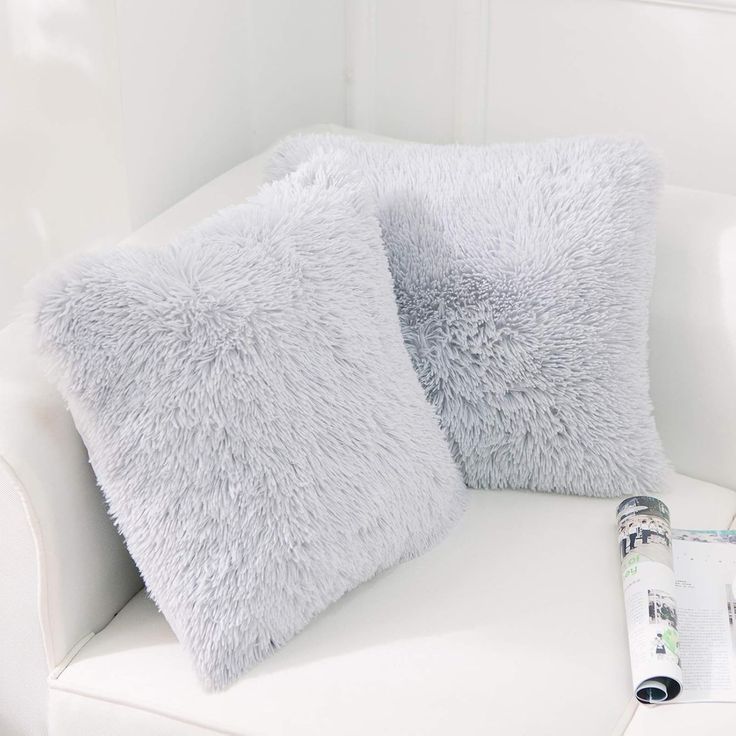
In conclusion, learning to fluff pillow correctly is not just about aesthetics—it’s about maintaining comfort, protecting your pillow’s structure, and getting the best sleep possible. From mastering manual techniques and dryer methods to avoiding common mistakes and implementing smart care routines, every step matters. Feather pillows require more attention than synthetic options, but the payoff in comfort and longevity makes the effort worthwhile. Treat your pillow with the same care as any other sleep essential, and you’ll enjoy consistent support and softness night after night.
